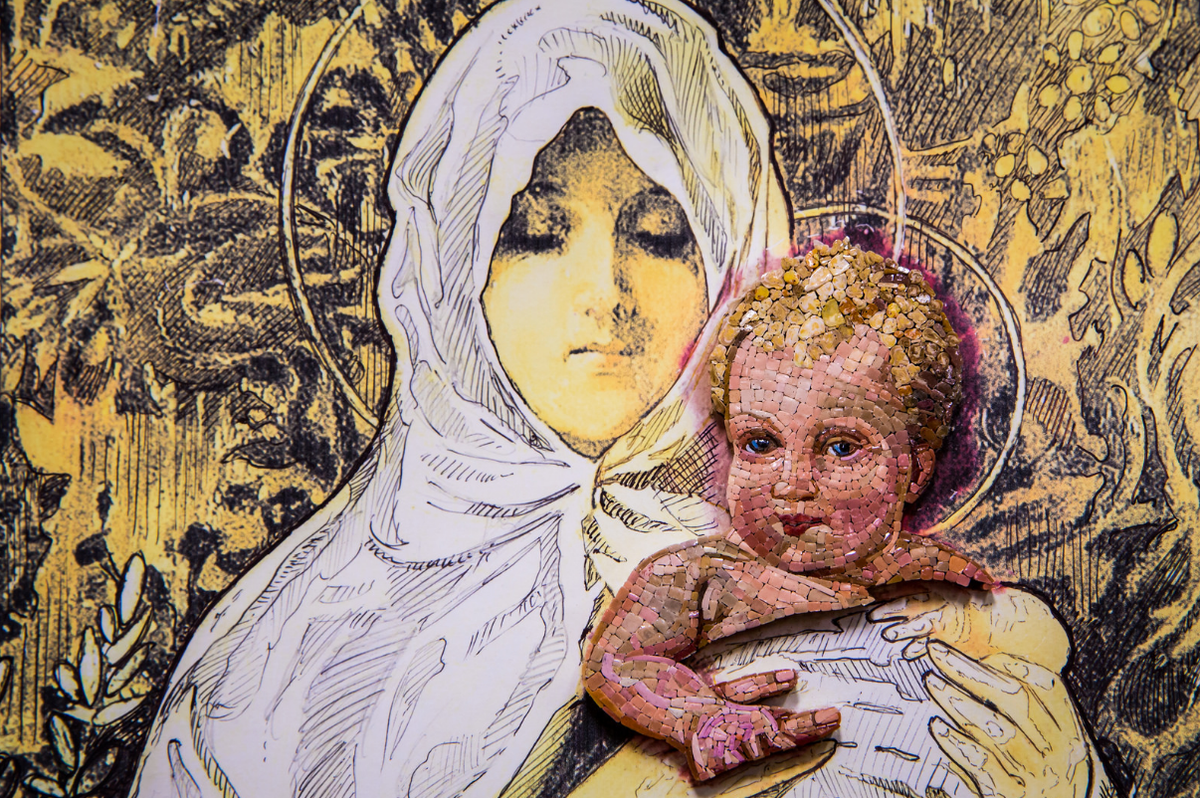About
Back in the late 16th century, Pope Gregory XIII became pretty much obsessed with mosaics. He brought Venetian mosaic artists to Vatican City specifically to teach their trade to Roman craftsmen, who soon set about decorating parts of St. Peter's Basilica, including the Gregorian Chapel and the Dome of Michelangelo.
Such was the success of this new artistic initiative that mosaics spread to other cupolas in the Basilica, becoming an integral part of this masterpiece of Renaissance architecture.
It wasn’t until 1727, however, that the Studio del Mosaico Vaticano (Vatican Mosaic Studio) was formally established. The studio is tucked away in a comparatively unassuming building in Vatican City. Here, a handful of highly talented artists and craftsmen have worked tirelessly over the years to restore the 10,ooo square meters of mosaics in Saint Peter’s Basilica, while at the same time creating original mosaic masterpieces.
These artists were also pioneers of the filate enamels technique, which allowed them to create minuscule mosaic tiles that comprise the incredibly detailed works in the Basilica, which to the untrained eye often look more like paintings than mosaics.
But the work of the studio certainly doesn’t begin and end with the Basilica. It also produces mosaic pieces by commission, of varying sizes and normally inspired by religious works, which are sold throughout the world. The Pope, and many Pontiffs before him, also requests original works from the studio. These are traditionally given as gifts to visiting heads of state. Over the last two centuries, recipients have ranged from the King of France Charles X to U.S. President Bill Clinton, the latter receiving a mosaic landscape.
Related Tags
Know Before You Go
The area in which the Vatican Mosaic Studio is located is off-limits to the general public, so you’ll need to visit with an official tour guide. There’s a shop on site, but don’t expect to pick up any bargain mosaics to send home; these things don’t come cheap.
Published
July 5, 2018


































